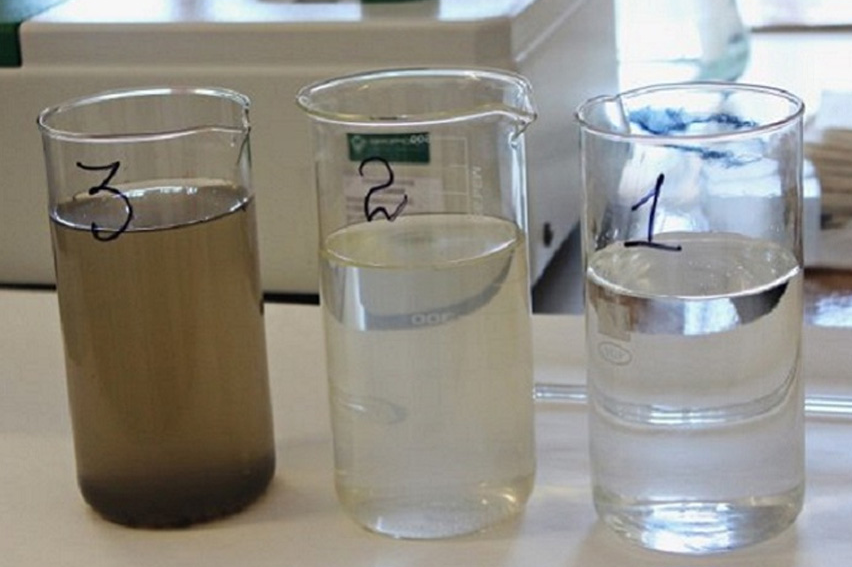Turbidity is one of the important parameters in water quality detection. It mainly refers to the concentration of suspended substances and particles in water. It is usually measured by colorimetry or laser scattering method, and the unit is NTU. Why is turbidity important for water quality? Because the turbidity of water is mostly caused by insoluble solid substances, organic substances, bacteria, viruses, algae and other microorganisms. Therefore, real-time monitoring of turbidity is also one of the important means to ensure the safety of water quality.

So we should not only know how to use the turbidity online detector, but also know how to detect it.
Definition of turbidity
Turbidity is an index to measure the content of tiny particles in liquid, usually expressed by the degree of light scattering. The higher the turbidity value, the more tiny particles contained in the liquid, and the more turbid the liquid.
Measuring principle of online turbidity detector
Turbidity online detection is a common water quality detection method, and its principle is based on optical measurement technology. The common measuring principles of turbidity online detector are as follows:
Light scattering principle: When light passes through an opaque liquid, due to the existence of tiny particles in the liquid, the light will be scattered to form a turbid effect. This phenomenon is called light scattering.
Optical sensor: online turbidity detector usually uses optical sensor. Optical sensor is an instrument that uses optical principle to detect turbidity. Its working principle is to measure the degree of light scattering after passing through the water sample and convert it into turbidity value.
Structure of turbidity online detector
Light source: LED or laser is usually used as the light source, and tiny particles of different colors can be detected through the light source of different colors.
Probe: The probe is a device that connects the light source and the optical sensor to guide the light into the water sample and reflect the scattered light back.
Signal processing: the measured light scattering signal is transmitted to the signal processor, and processed and analyzed according to the preset turbidity standard to determine the turbidity of water quality.
In a word, online turbidity detection is a technology based on optical principle, which determines the turbidity of water quality by measuring the degree of light scattering by small particles in the liquid.



